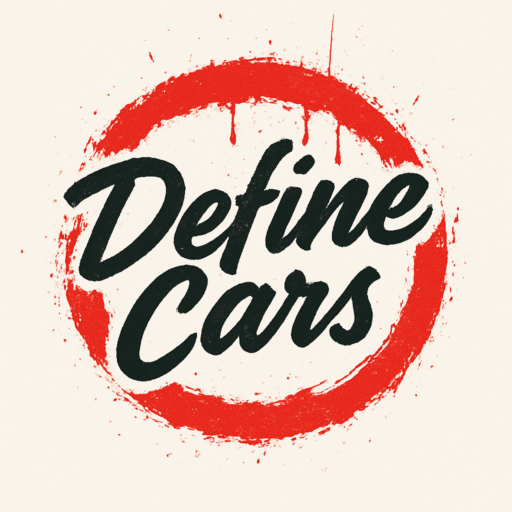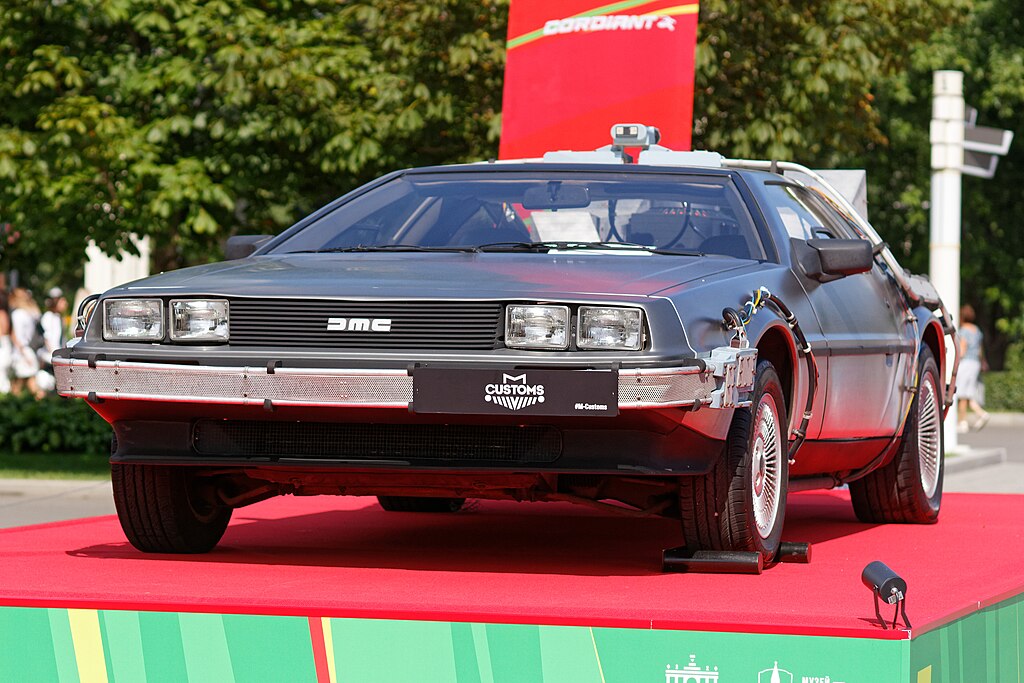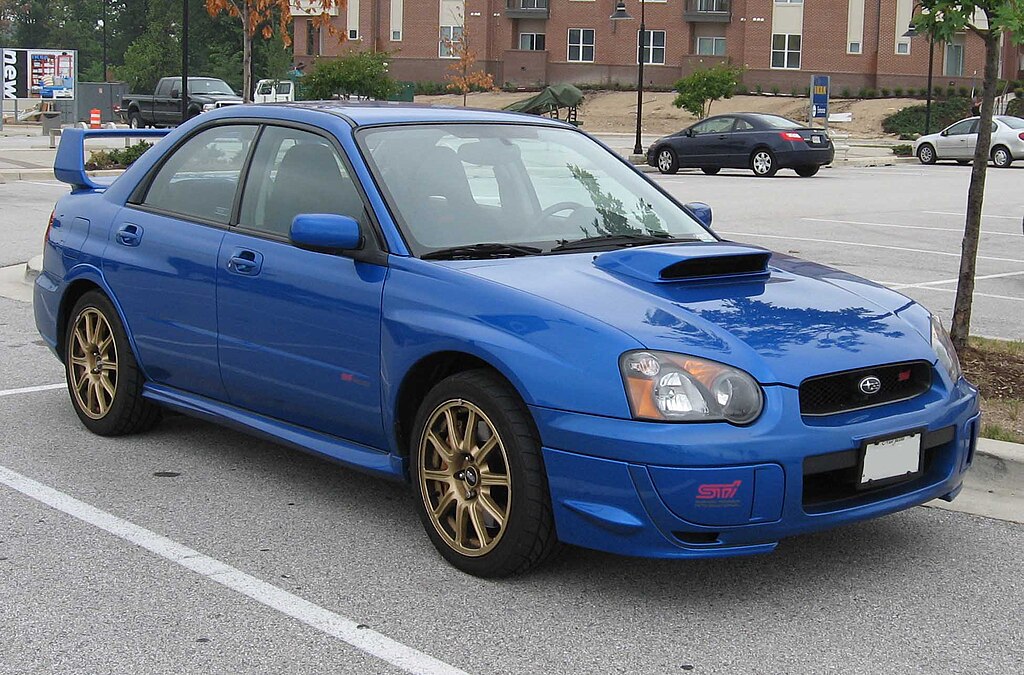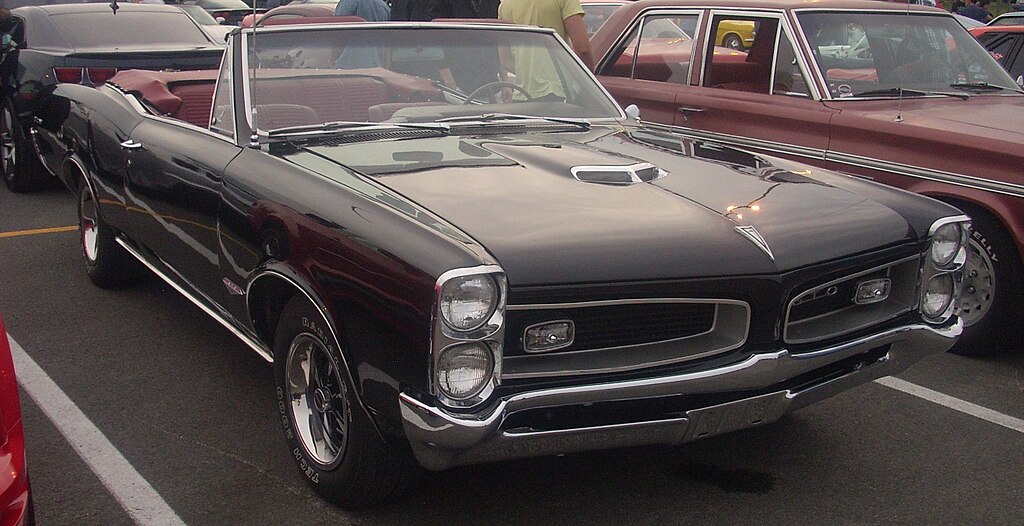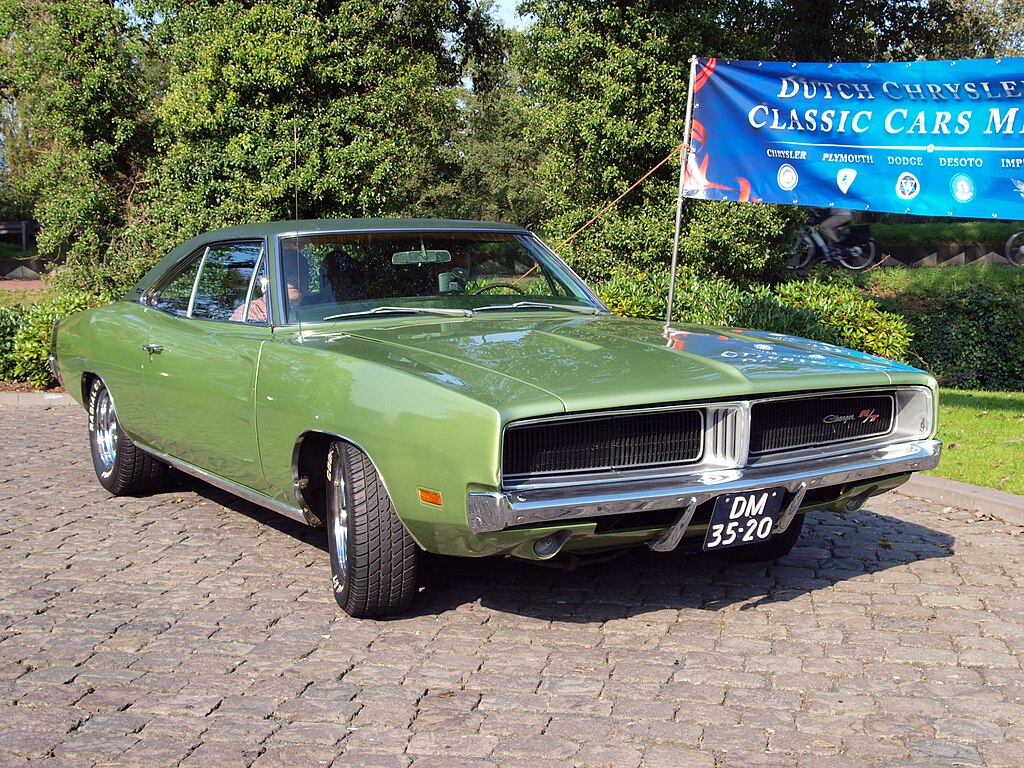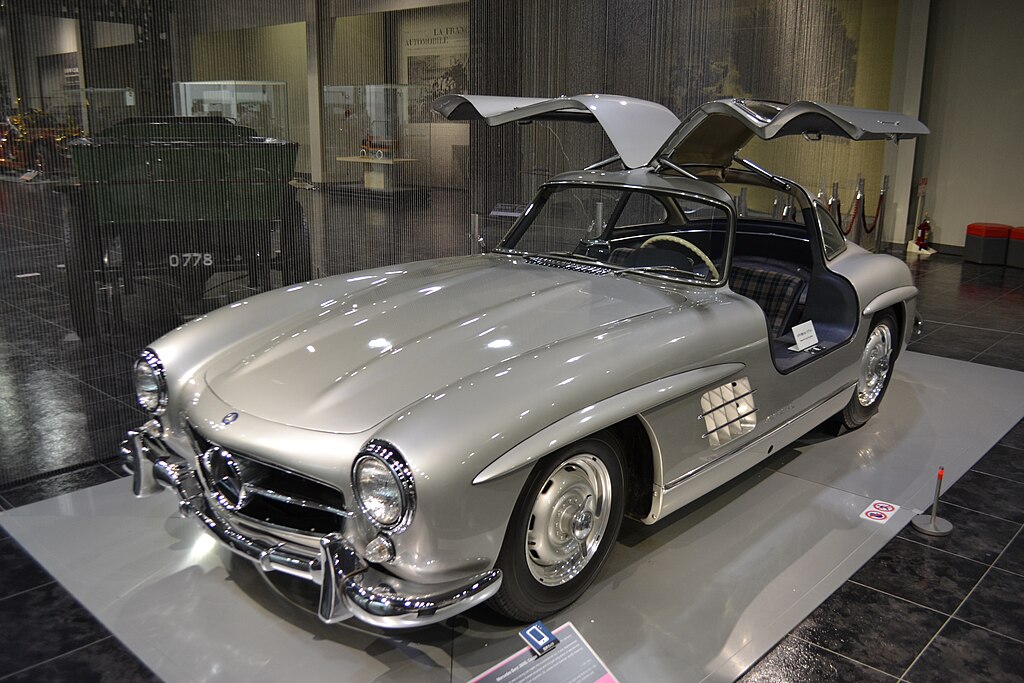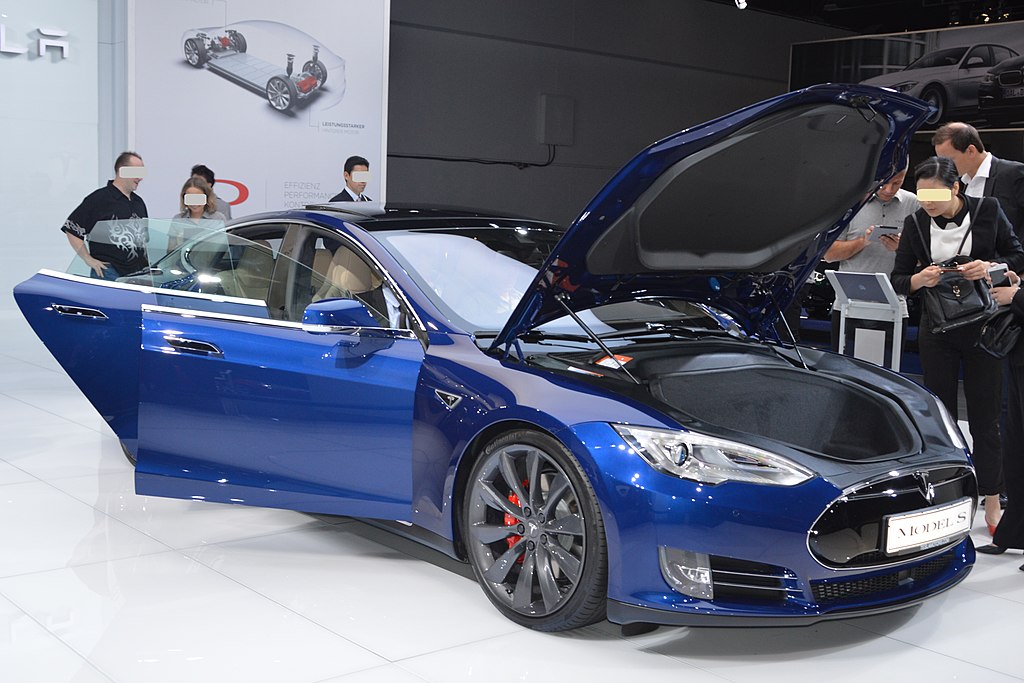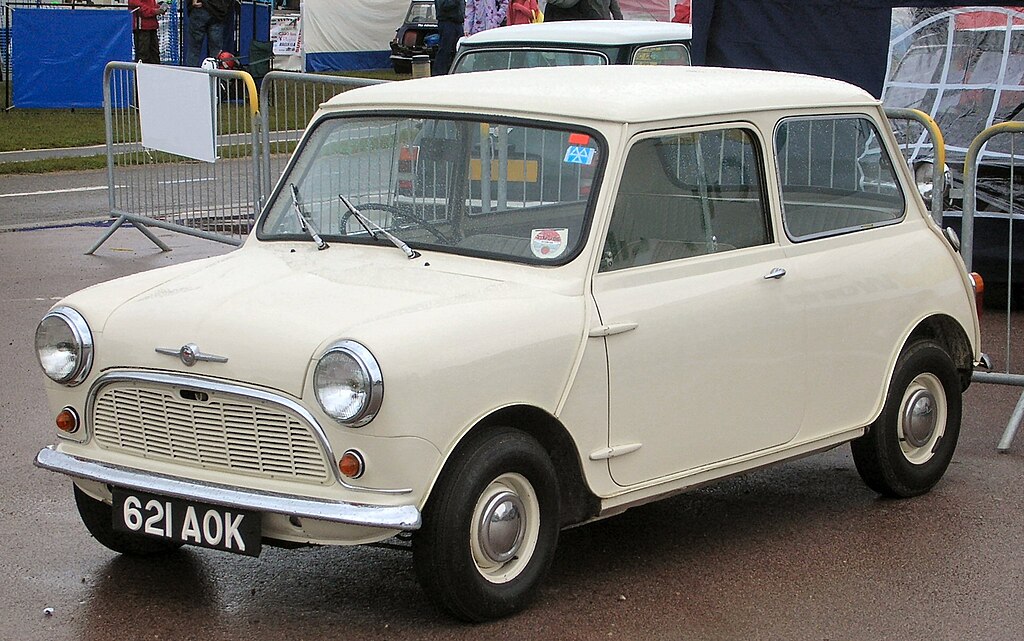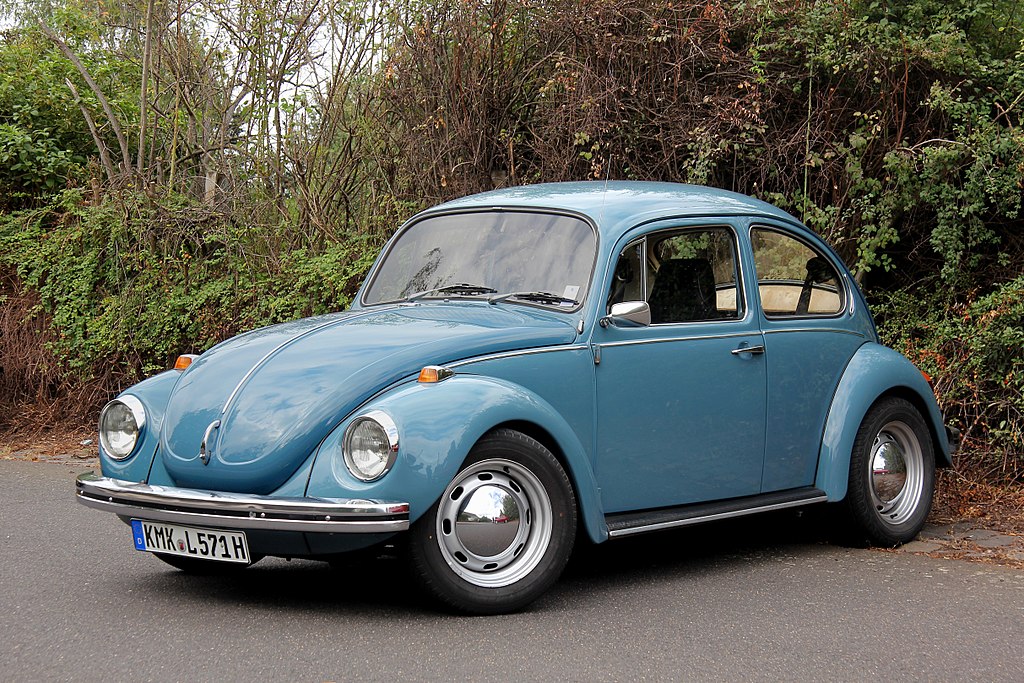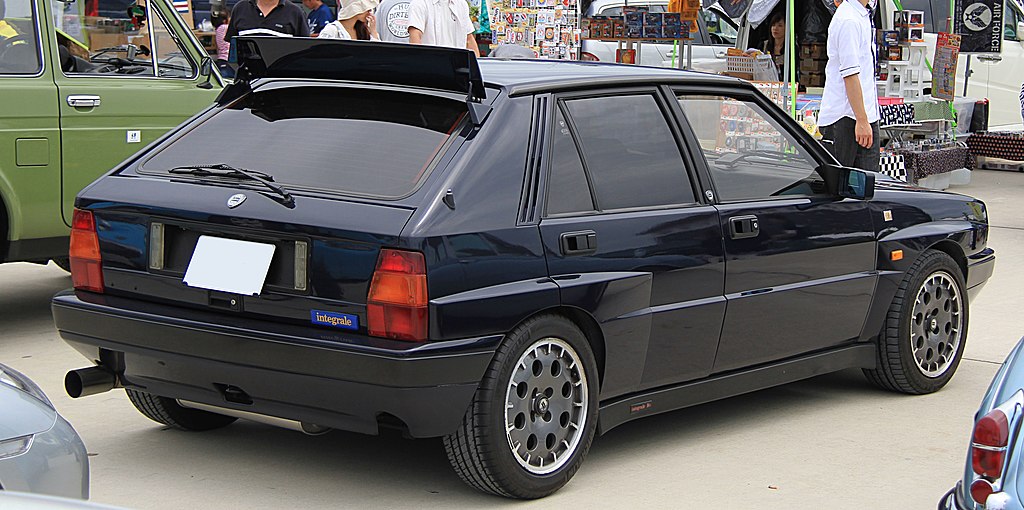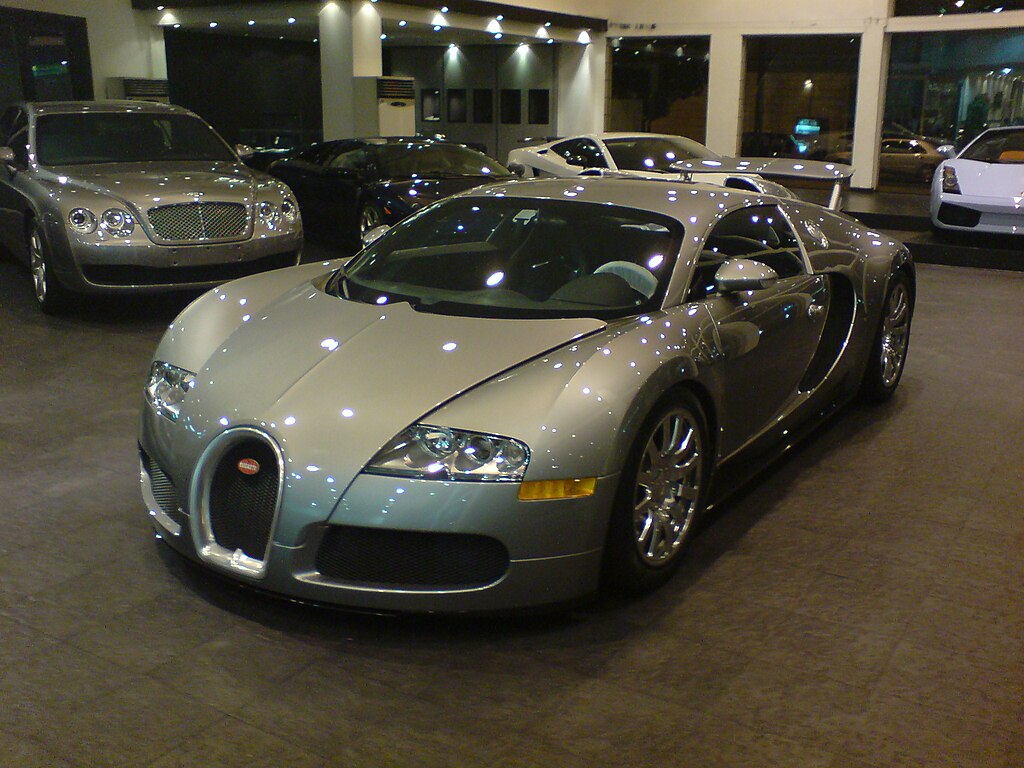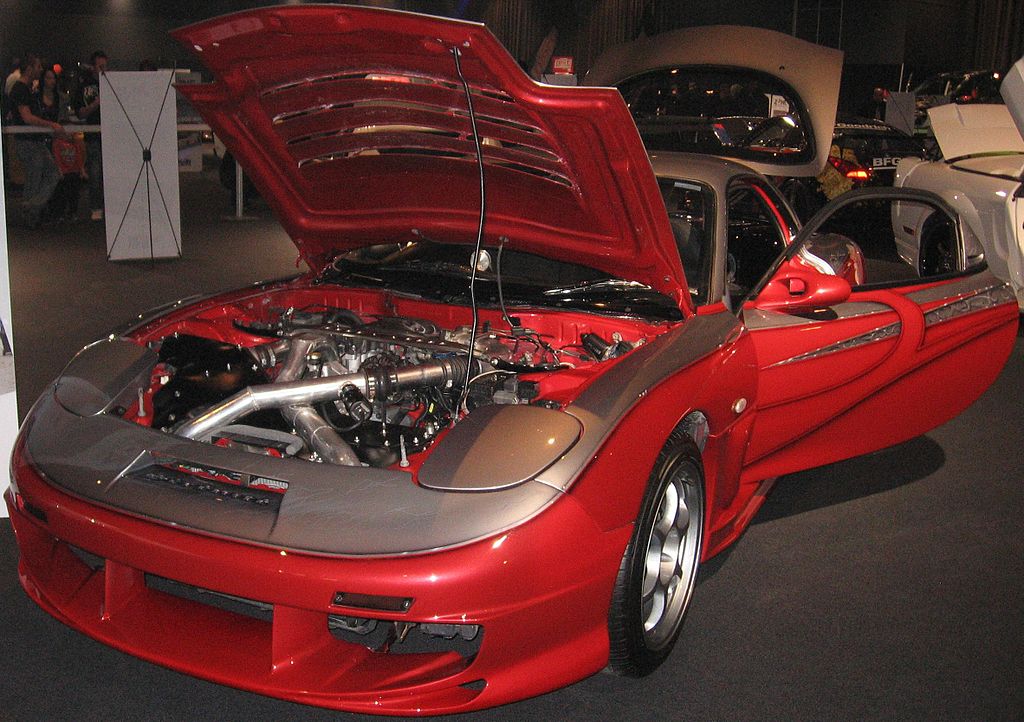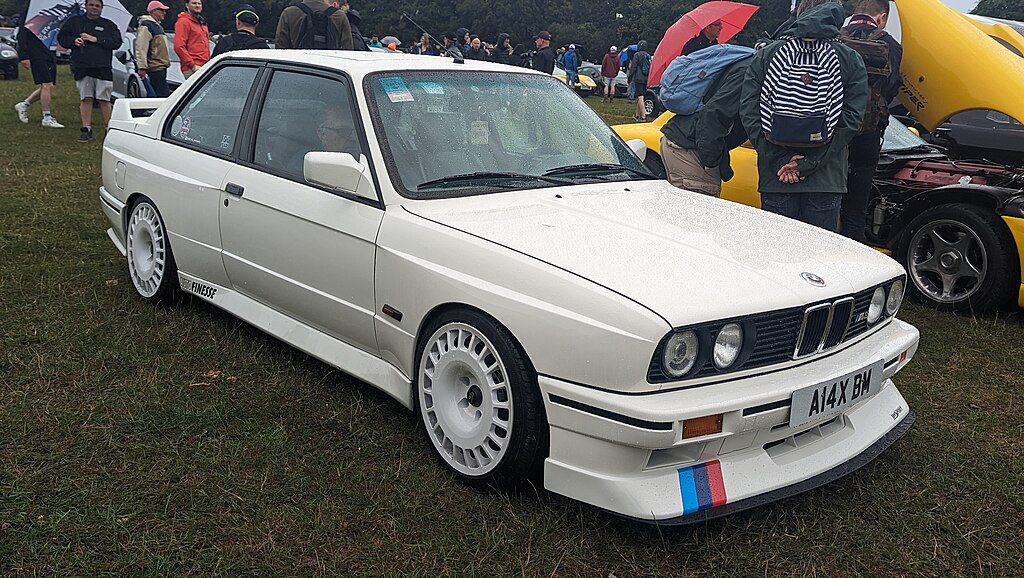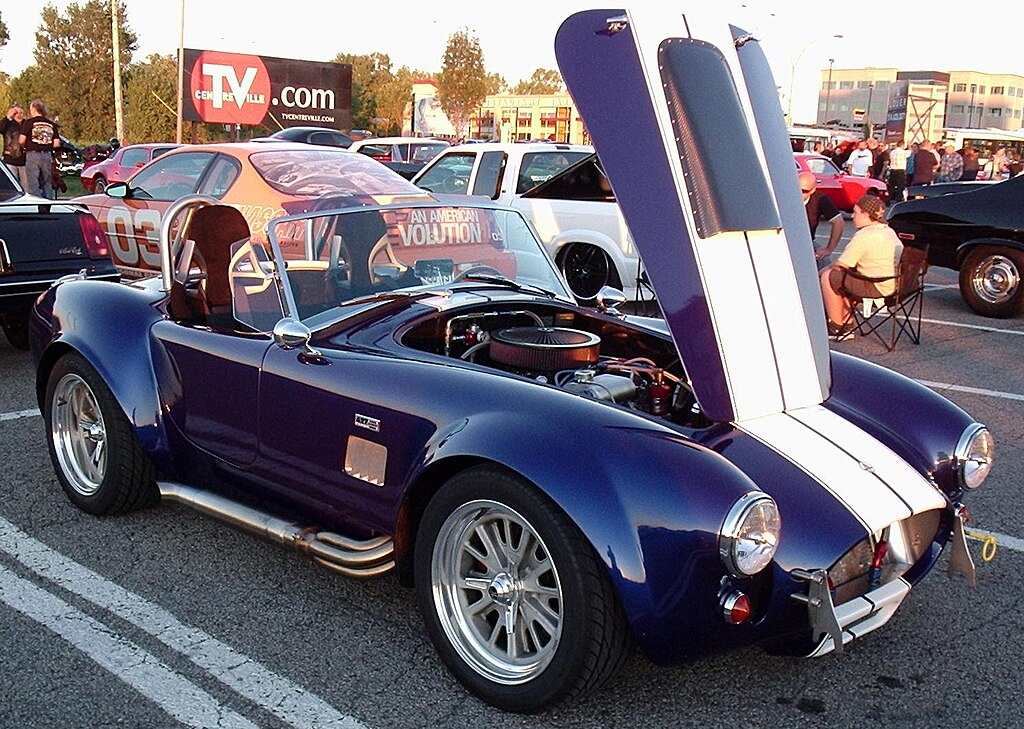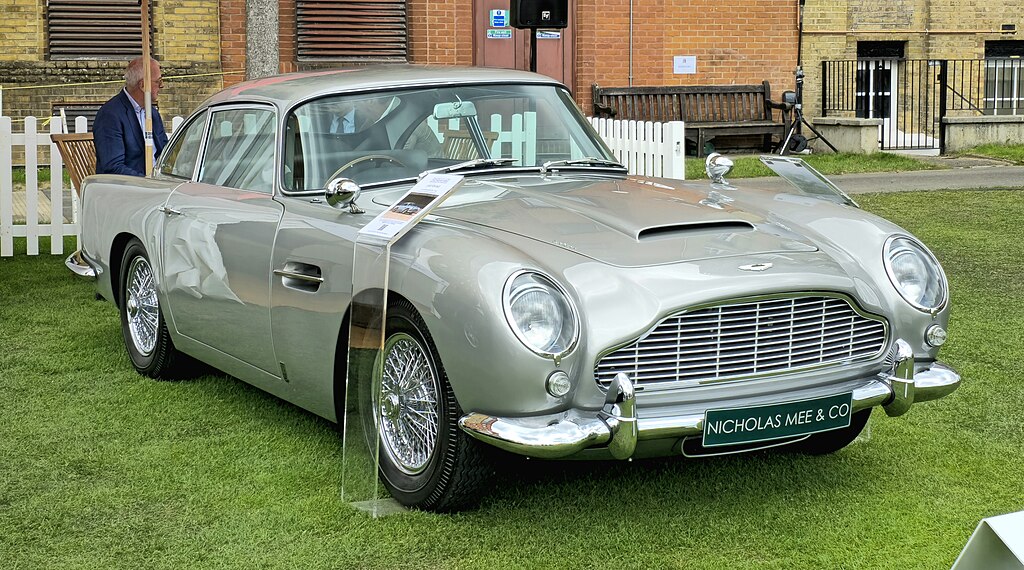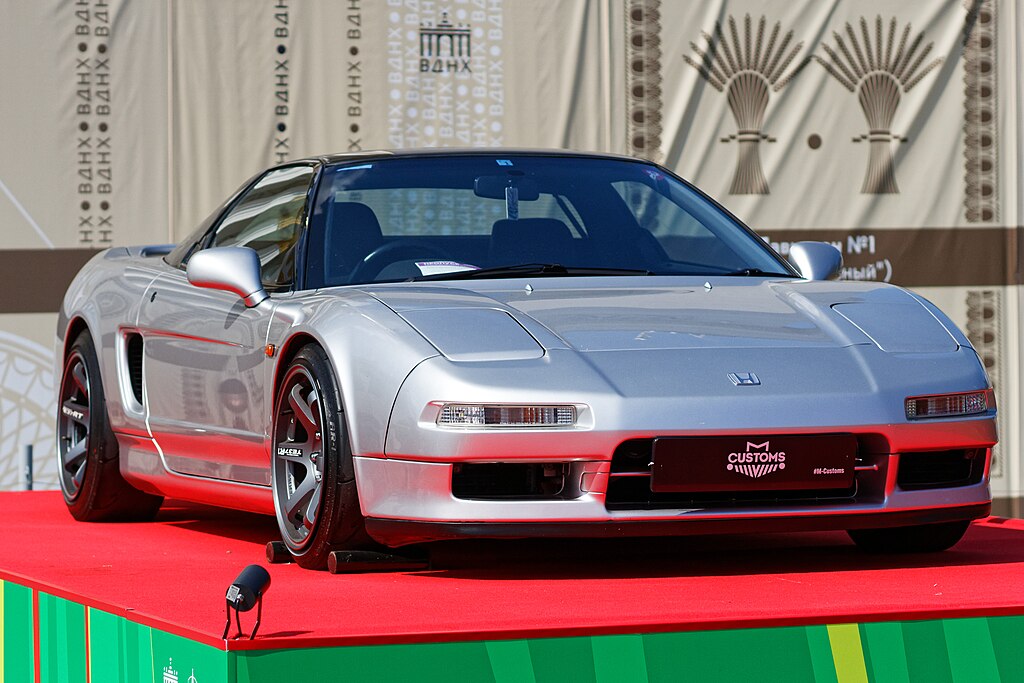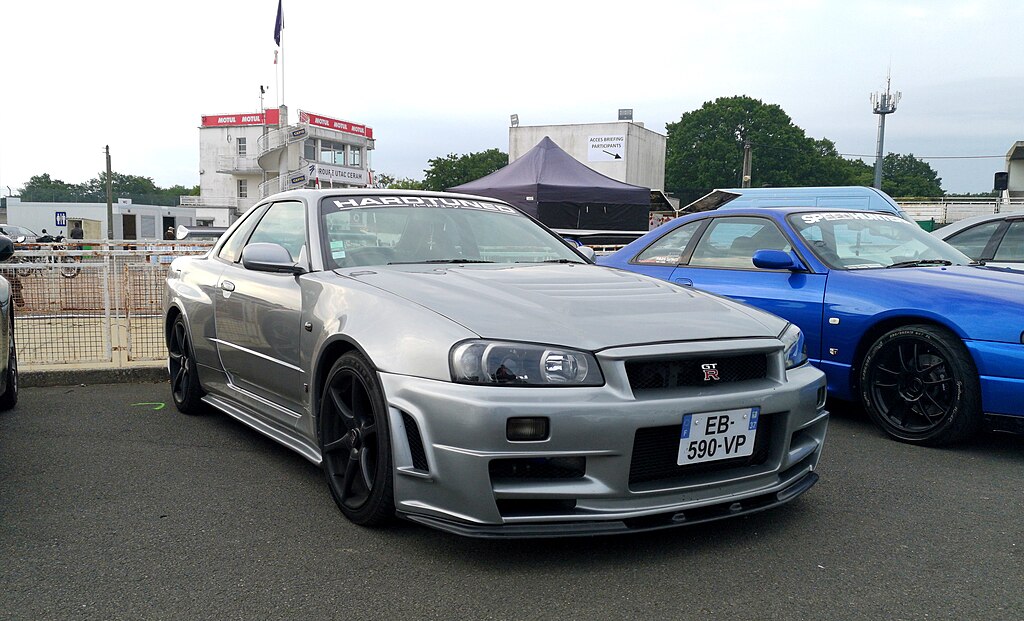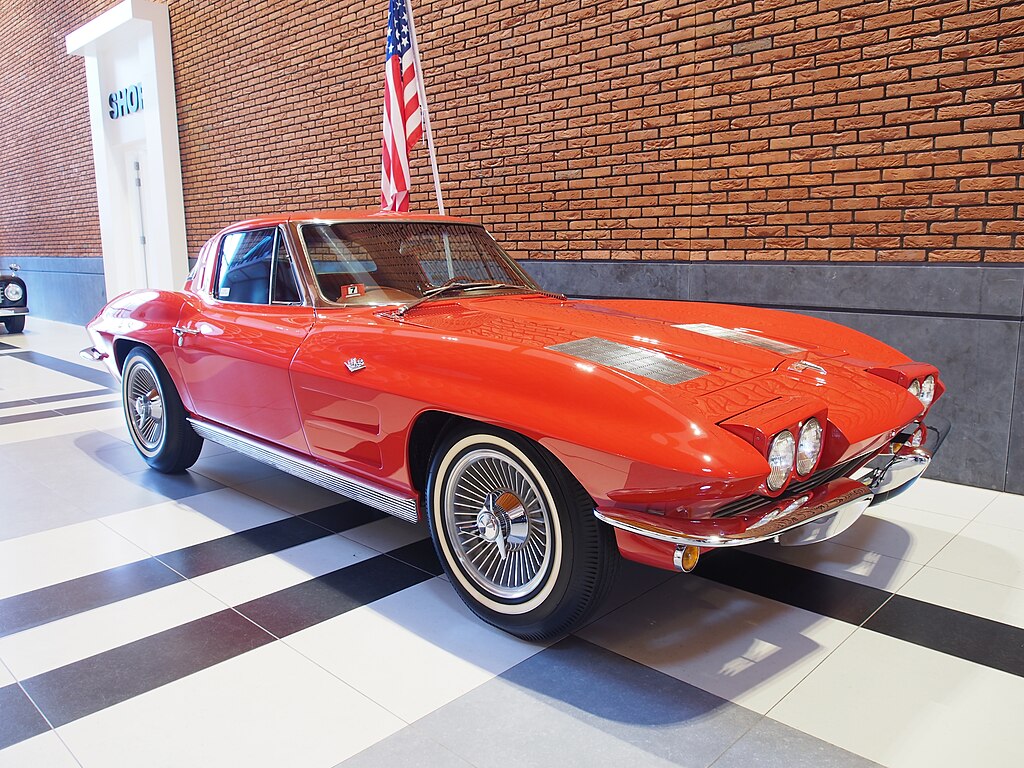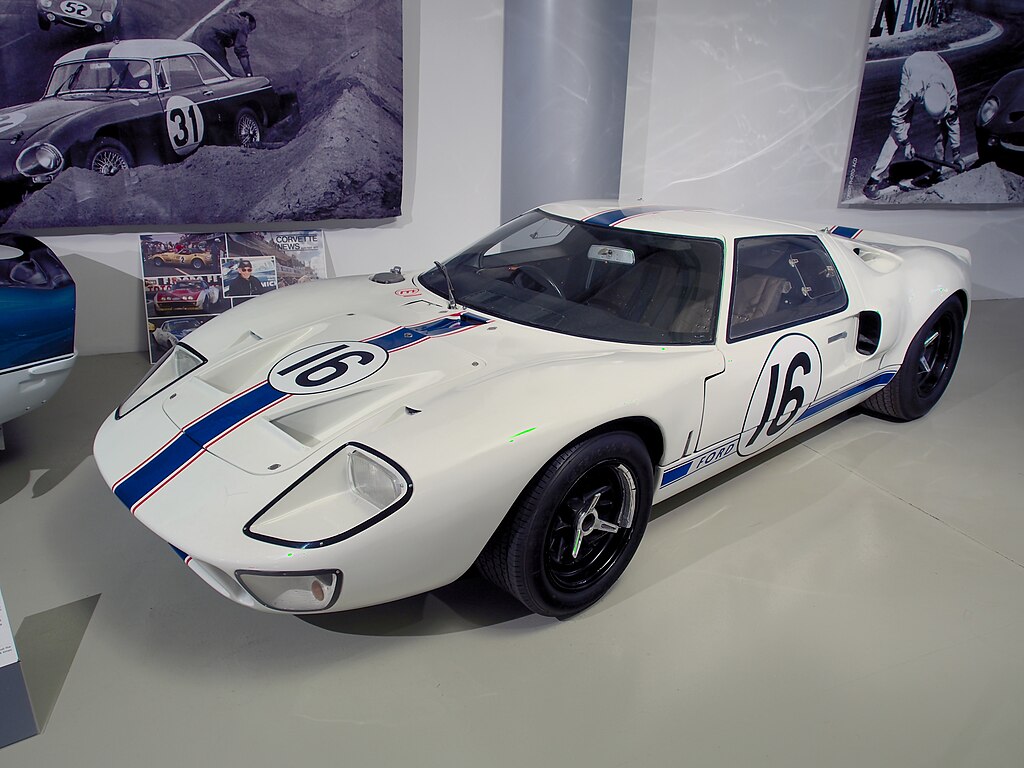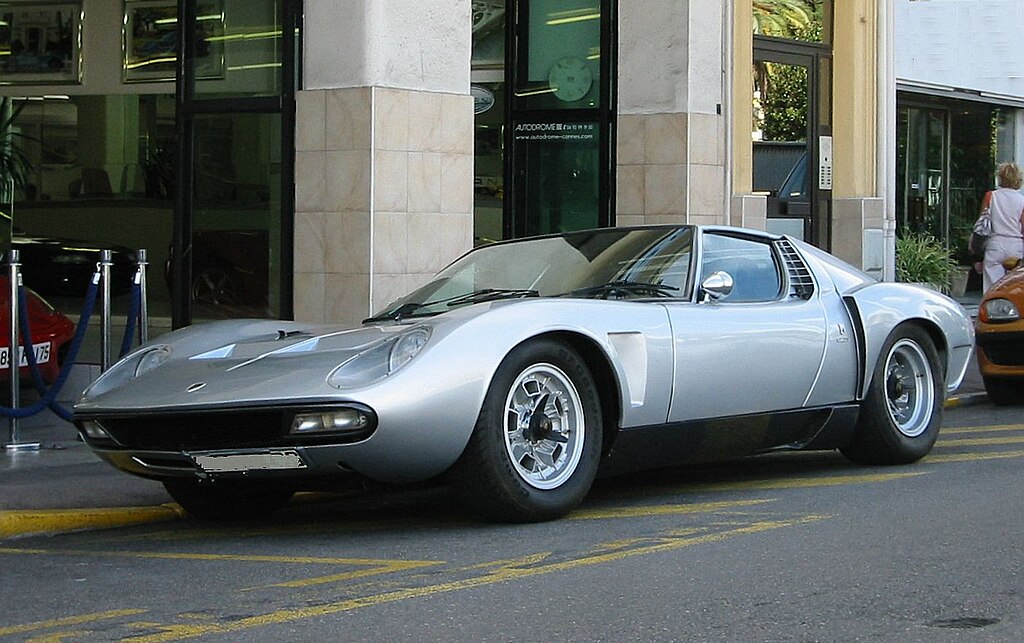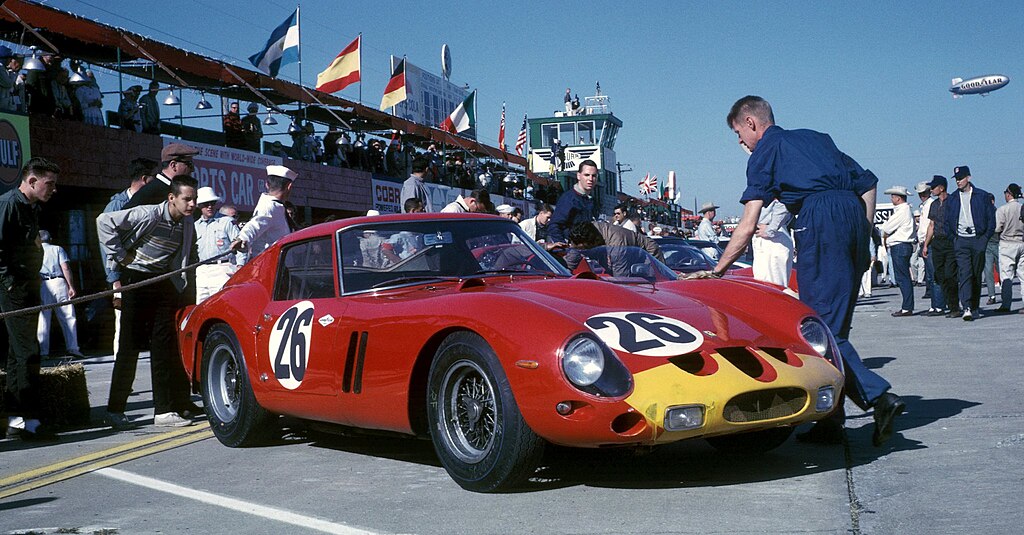The DeLorean DMC-12 wasn’t built to win races — it was built to be remembered. Conceived by John DeLorean, a rebel GM executive with a vision of the future, it broke every rule Detroit had. Its brushed stainless-steel body and gullwing doors looked like something from another planet, a statement of design purity over performance. Power came from a 2.85L PRV V6, producing a modest 130 horsepower, paired to either a 5-speed manual or 3-speed automatic. Despite its lack of speed, it turned heads like nothing else.
Priced around $25,000 in 1981 (about $80,000 today), it was futuristic but flawed — slow to sell, and the company collapsed in scandal. Yet Hollywood resurrected it. Cast as Doc Brown’s time machine in Back to the Future, its stainless body became a cinematic symbol of adventure, rebellion, and imagination. The DeLorean didn’t need power to become a legend — it earned immortality through style, story, and for being a Time Machine
